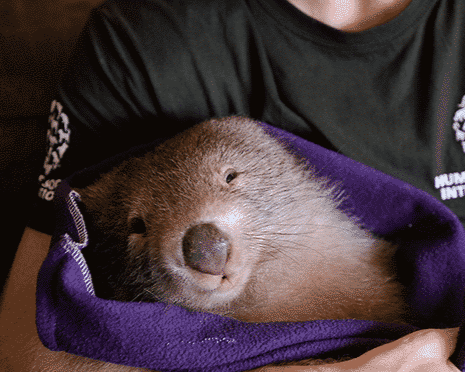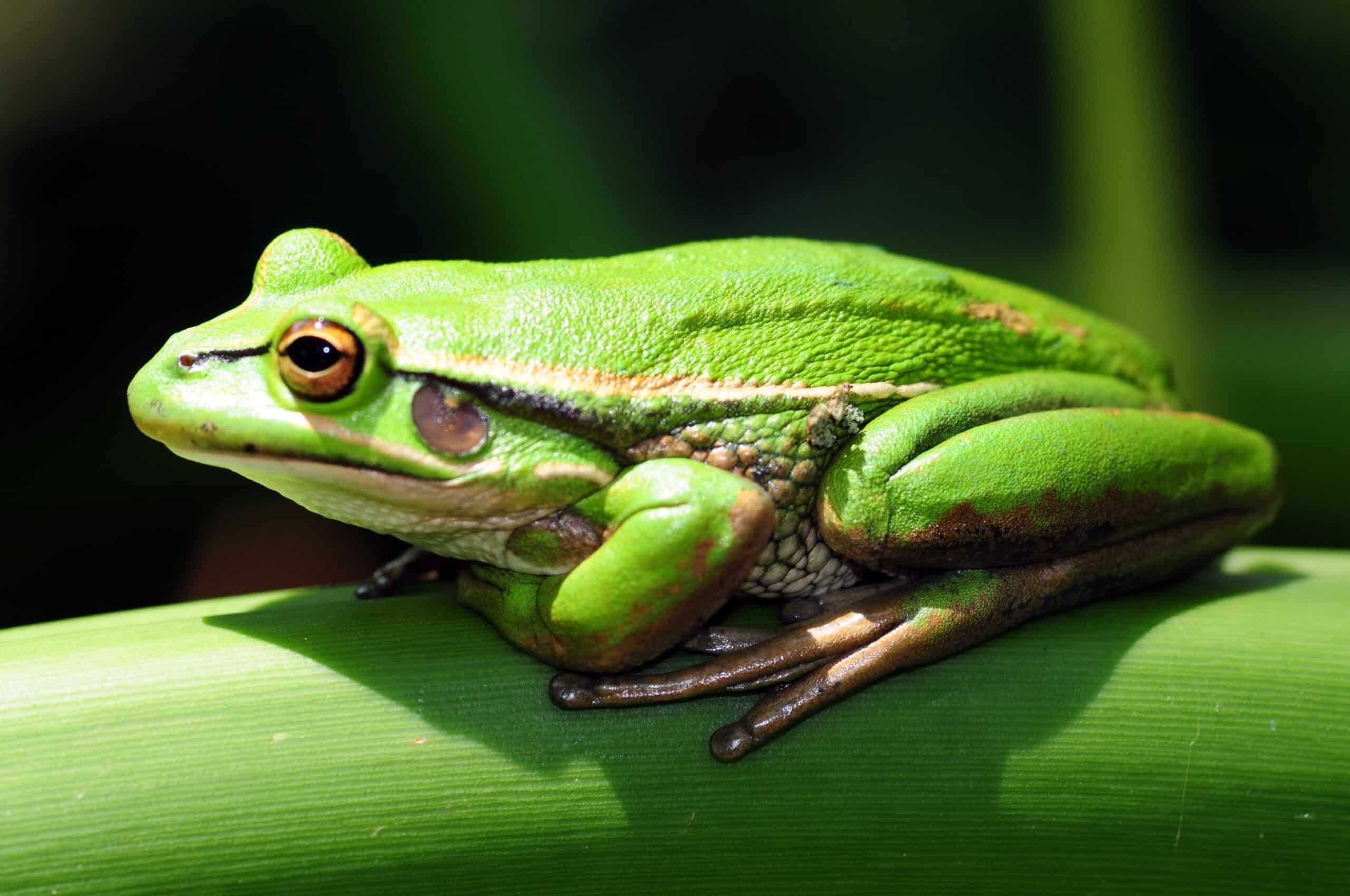Australia’s native animals are protected by law — but that protection comes with caveats. Across every state and territory, permits are routinely issued that allow property owners to kill native wildlife. Known in many jurisdictions as “damage mitigation permits,” these licences have quietly sanctioned the deaths of millions of animals...
Overfishing has driven the global abundance of oceanic sharks and rays to decline by nearly three-quarters (71%) in the past 50 years, says a global study published today in Nature.
With endangered sharks, including the scalloped hammerhead, still being legally consumed in Australia, the Australian Marine Conservation Society (AMCS) and Humane Society International (HSI) say the global study highlights the critical need for improved protections for endangered fish and better fishing practices.
Since the 1970s, the global catch in oceanic sharks and rays has increased three-fold, with a dramatic rise in the 1990s to meet growing international demands for meat, fins, and gill plates.
Although many of Australia’s populations of sharks and rays fare better than in many other parts of the world, the bar is set perilously low with the latest study highlighting serious problems that exist in Australia’s backyard.
Lawrence Chlebeck, marine biologist with HSI said, “Even within international conservation agreements, Australia has room for improvement. One of the species examined in the study, the smooth hammerhead, was listed last year on the Conservation of Migratory Species (CMS) and Australia was the only country to take a reservation, meaning this species would not be protected from commercial exploitation under Australian law. Our organisations have asked Australia to withdraw the reservation.
Improvement can and must come from multiple directions if we are to stop the precipitous decline in shark species. Our own national environmental law, the EPBC Act, must be improved to end the catching, selling and consumption of endangered sharks and rays and give them the protection they need. We must support global shark and ray conservation initiatives in ways fitting of Australia’s desired position as a global conservation leader,” said Mr Chlebeck.
Of the 31 oceanic shark and ray species examined in the study, the risk of extinction has increased substantially since 1980 with half now either Critically Endangered (3 species) or Endangered (13 species)¹ on the International Union for the Conservation of Nature (IUCN) Red List. Included under “Endangered” are the pelagic thresher (Alopias pelagicus) & short-fin mako (Isurus oxyrinchus), both of which are declining in Australian waters².
Dr Leonardo Guida, shark scientist at AMCS said, “Australia is positioned well to protect and support the recovery of our endangered sharks and rays – but only if we act now. We need to fix our national environment law that allows endangered sharks, like the scalloped hammerhead, to be plucked from the water and land on our plates as ‘flake’.
Sharks keep marine food-webs in-check and without them, food-webs can become unstable and possibly collapse. Despite knowing this, industrial sized gillnets over a kilometer long gillnets are still used in the Great Barrier Reef to catch endangered scalloped hammerheads for their meat and fins. Getting these gillnets out of the Reef is just one thing we can do today to protect endangered sharks and boost the Reef’s health,” said Dr Guida.
The organisations have launched a campaign to drive better protection for sharks and rays, encouraging Australians to become Shark Champions and create healthier oceans.
Sign up to Shark Champions at www.sharkchampions.org.au.
REFERENCE
1. Full list of species examined:
|
Carcharhinus falciformis |
Cetorhinus maximus |
Mobula alfredi |
|
Carcharhinus galapagensis |
Carcharodon carcharias |
Mobula birostris |
|
Carcharhinus longimanus |
Isurus oxyrinchus |
Mobula eregoodoo |
|
Carcharhinus obscurus |
Isurus paucus |
Mobula hypostoma |
|
Prionace glauca |
Lamna ditropis |
Mobula kuhlii |
|
Sphyrna lewini |
Lamna nasus |
Mobula mobular |
|
Sphyrna mokarran |
Megachasma pelagios |
Mobula munkiana |
|
Sphyrna zygaena |
Odontaspis noronhai |
Mobula tarapacana |
|
Alopias pelagicus |
Pseudocarcharias kamoharai |
Mobula thurstoni |
|
Alopias superciliosus |
Rhincodon typus |
|
|
Alopias vulpinus |
Pteroplatytrygon violacea |
2. Simpfendorfer CA, Chin A, Rigby CL, Sherman S, White WT (2019) ‘Shark futures: a report card for Australia’s sharks and rays.’ (Centre for Sustainable Tropical Fisheries and Aquaculture: James Cook University)


